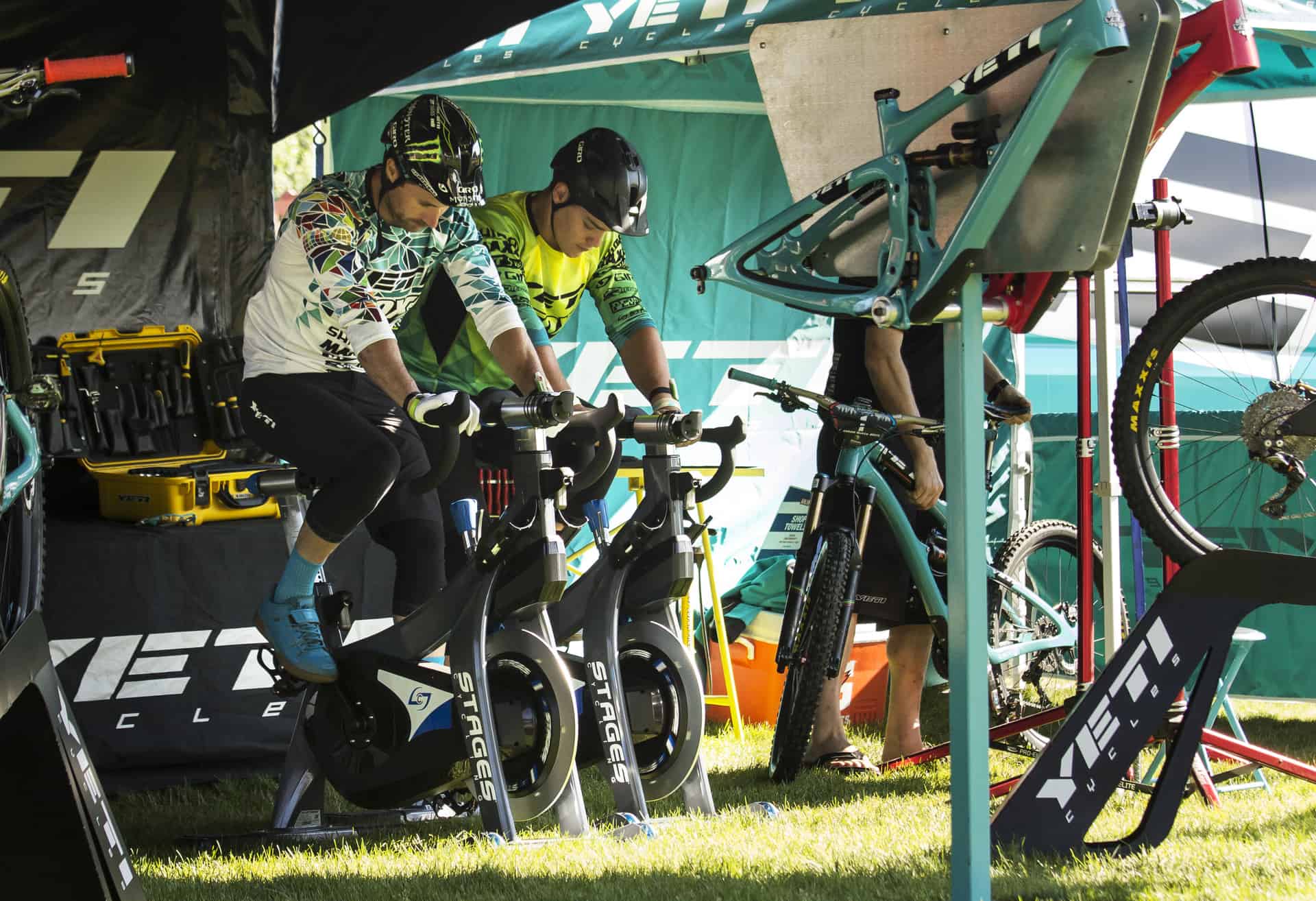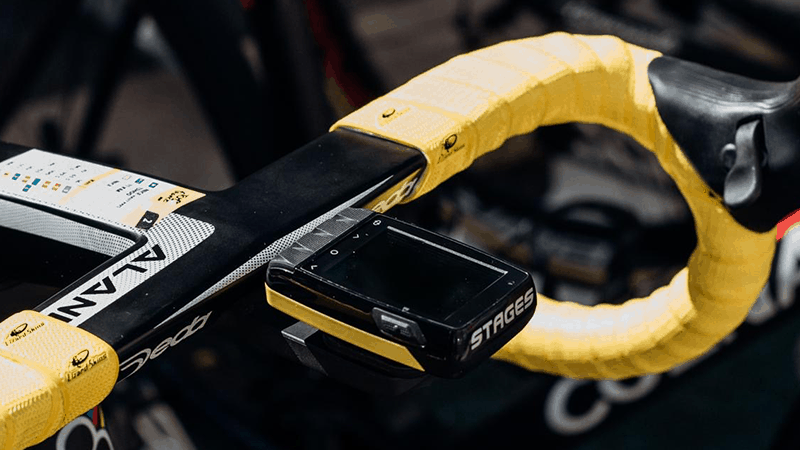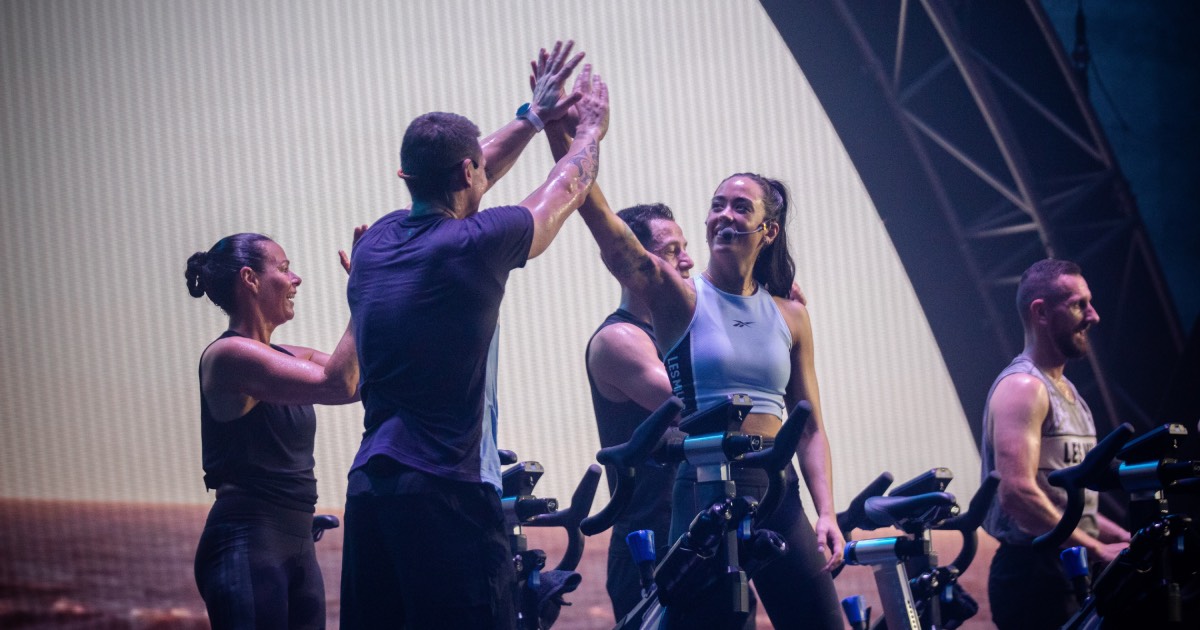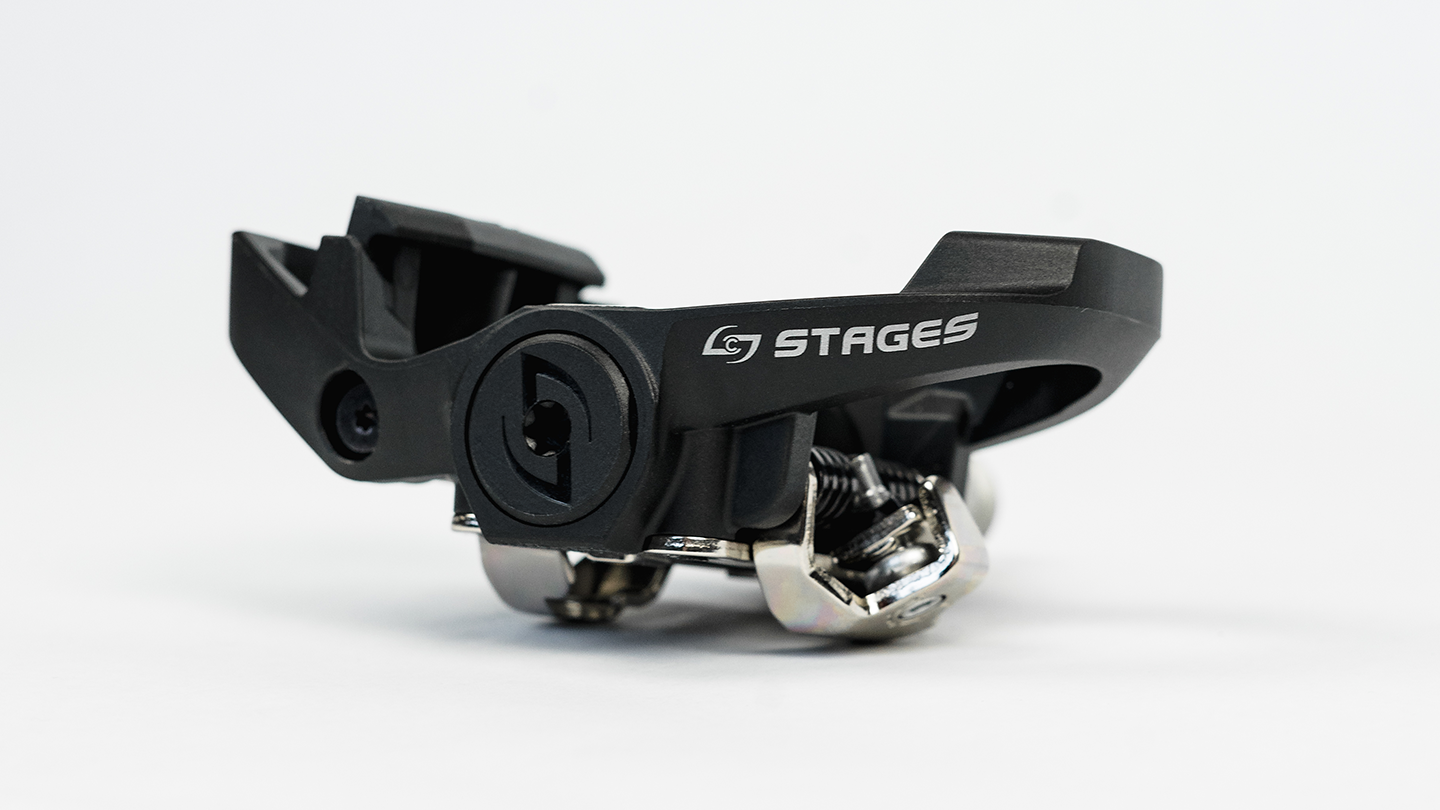Watts to kJs to Kcals
- By Kate Hector
- Published: 9 Feb 2021
- Last Updated: 7 Jul 2022

UNDERSTANDING WATTS, KJs, & KCALS
By Cameron Chinatti
Whether you’re riding indoors or outdoors, cumulative cycling efforts are often measured in kJs (kilojoules). For example, at the end of a Stages Indoor Cycling workout you’ll see total kJs on the Stages Power Console on the RESULTS screen. After a ride outdoors on your bike, you may also see total kJ’s on your Stages Dash and in Stages Link. So, what is a kJ and why should you care? We’re glad you asked!
Let's start at the beginning. We'll explain this KJ thing in terms of a workout on the SC3 Stages Indoor Bike and Stages Power Console. Basic mathematics comin' atcha, consider yourselves warned.
WHAT IS A WATT?
A watt is a standard international unit of power. More often than not it is represented in horsepower. In fact, 1 horsepower = 746 watts. Try to generate 700+ watts. It's a fun experiment and rather quickly you will realize that yes it's true, a horse is more powerful than you.
The Stages Power Meter and Console or Dash will measure and display the user's power output in watts. To get this wattage we need movement (RPMs) and force. On the Stages bike, force is measured when the rider steps down on the pedal. As you turn the resistance dial to the right you have to work harder to step down on the pedals, thus more force is generated.
This product of movement and force = WATTS. With us so far?
Now what if you could take all those little watts and add them up over the total time of your ride to see how much energy was expended? You can do just that, if you convert to kilojoules.
1 watt = 1 joule applied for 1 second
1000 of those joules = 1 kilojoule (KJ)
In other words...
kilojoules = watts X seconds / 1000
NOW LETS TAKE A LOOK AT KJS TO KCALS
The last conversion in our chain of interrelated metrics is converting kilojoules (work over time) to kilocalories (food energy required to do the aforementioned work).
At Stages Cycling we choose NOT to think of calories as the enemy and in fact we're growing a bit weary of superfluous calorie conversations. Instead we have chosen to give you the straight facts and the straight science.
So first, let's answer a question that we get asked all the time:
"Why do you call it "kcal"? Can't it just say "Calories?"" Funny you should ask, there's a Trivial Pursuit-worthy answer for that!
A calorie- sometimes called a "gram calorie" or "small calorie" (note the lower-case "c")- is a unit of energy. In fact, it is the amount of energy it takes to raise the temperature of 1 gram of water by 1 degree Celsius. But it turns out that, metabolically speaking, the calorie unit isn't very practical due to its small value. In nutritional contexts kilocalories- also known as "large calories" or Calories (the upper-case "C" is important)- are preferred. As you might guess, 1 kilocalorie is equal to 1000 calories, or 1 Calorie. Interestingly, the large Calorie is not officially recognized as an international standard unit of measurement. However, in spite of its non-official status, the large Calorie is still widely used as a unit of food energy in the US, UK and some other Western countries. If you travel abroad or purchase any packaged imported food you may notice that within the European Union, both the kilocalorie (kcal) and kilojoule (kJ), another unit used to describe energy, appear side-by-side on nutrition labels.
"Wait, what? How am I supposed to wrap my head around that? Besides I thought kilojoules were watts added up over time?!"
Keep in mind that energy is energy, regardless of its units. We're simply going to take the work that you put into the bike and convert it into its equivalent energy in Calories (kcal) rather than kJ. A benefit to using the Stages Power Meter with the Stages console or Stages Dash is that all these energy and power measurements become readily available! And now, the last step in the chain, the secret sauce, and the moment you've all been waiting for: converting kJ to kcal!
Here are some fun figures:
4.186 kJ = 1 kcal = 1 Calorie
Standard assumption of human mechanical efficiency = 22%
I know what you're thinking, "Where does that 22% come from?"
As it turns out, the human body is amazing, but it's not very mechanically efficient. The efficiency of human muscle has been measured (in the context of rowing and cycling) at a whopping 18-26%. This means that only 18%-26% of the energy available to the muscles is actually translated into doing work- the rest is lost as waste. For our calculations we simply chose the median point, which is regarded in the fitness equipment industry as the standard assumption of mechanical efficiency, also known as the best approximate value.
The Stages console uses the following formula to convert the kJ value to the kcal value:
kJ / 4.186 / .22
First, the kilojoules value is converted to the kilocalories equivalent (4.186 kilojoules = 1 kilocalorie). Then, this value is divided by the standard assumption of human mechanical efficiency (22 percent). The result is the approximate amount of food energy used.
Your homework assignment- should you choose to accept it- is to do a ride on the fabulous Stages bike with Power Console and take two pictures at the conclusion of your ride. One picture with the kJ info showing at the top and another with the kcal info at the top. When you have a spare moment try out the equation above and you'll be amazed, it's Math-magical!
Cameron is the Director of Education of Stages® Indoor Cycling. As a leading authority in the indoor cycling tech revolution, Cameron has had the opportunity to work with the largest commercial fitness accounts and tech firms in the world. Her passion for making the education experience meet the demands of today’s tech-savvy consumer, drives her to innovate each and every day. When not ‘nerding out’ Cameron can be found singing in a studio session in Nashville, TN or riding a bike (indoors and out).

















